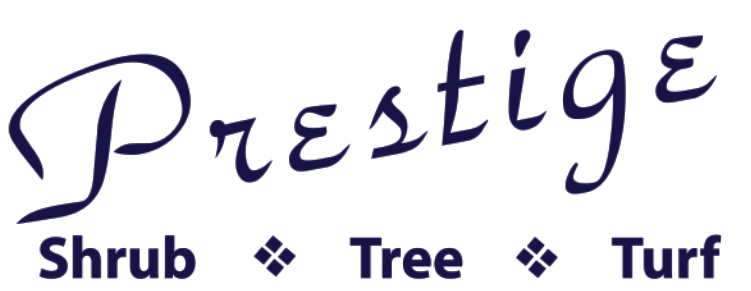Lime simply increases the pH of the soil. Technically, the pH is the measure of the amount of free hydrogen ions in a particular environment, in our case, the soil.
pH is read on a scale of 1 to 14 with 1 being acidic and 14 being alkaline and 7 considered neutral. Plants prefer very specific pH levels. In the case of turf, the best pH range is between 5.5 and 6.5. If the pH of your soil is above or below this range, not only do plant roots begin to experience problems with nutrient uptake, certain elements also become more difficult or more easy to absorb. As pH levels become very high or very low, certain elements which the plants need in minute quantities are readily absorbed in large quantities which are toxic to plant tissues, while other elements needed in larger quantities may not be available at all.
The pH of the soil is controlled by the amount of calcium in the soil. The more calcium in the soil, the more alkaline the soil which results in a higher pH. Lower levels of calcium in the soil yield a more acidic soil and a lower pH. As the pH of the soil begins to drop, due to leaching of the calcium out of the root zone, we add dolomitic limestone which is calcium carbonate with magnesium. Magnesium is an element usually in short supply in our soil.
The amount of lime applied to the turf depends on how low the pH has dropped.
« Back to Glossary Index